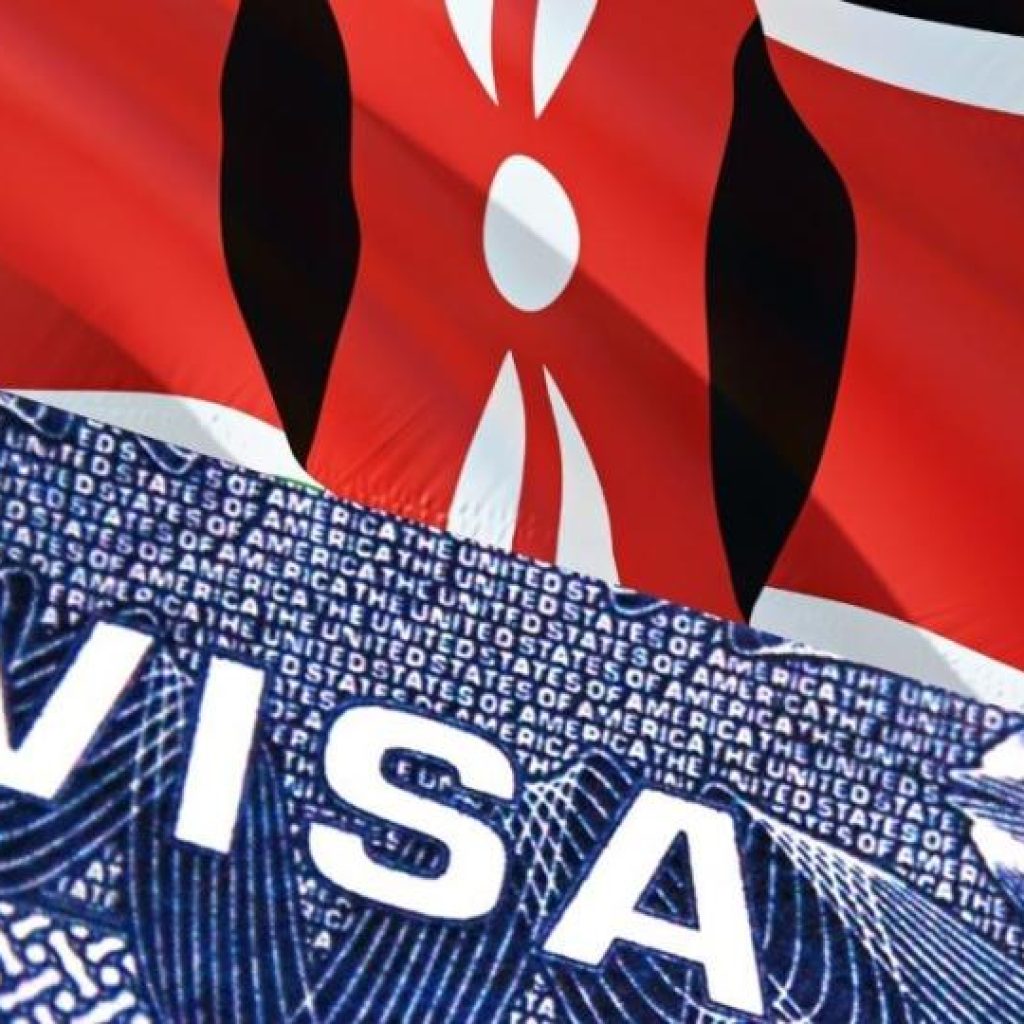
In recent developments, Kenya has introduced the Electronic Travel Authorisation (eTA) system, touted as a move towards a visa-free entry process. However, this has led to significant confusion and a lack of clarity, casting doubt on the true nature of the ‘visa-free’ claim.
The eTA system was rolled out following Kenya’s announcement of abolishing traditional visa requirements. Ostensibly, this shift was aimed at streamlining entry procedures for travelers. Yet, the reality has been quite different, marked by a lack of clear communication and a general misunderstanding of the new process.
One of the main points of confusion stems from the requirement of the eTA itself. Contrary to the notion of visa-free travel, every visitor to Kenya, including children and infants, is now required to obtain an eTA. This is a departure from the previous policy where visas were only necessary for those aged 16 and over. The eTA comes with a processing fee of US$30, further blurring the lines between traditional visas and the new system.
Adding to the complexity, the Kenyan government’s communication regarding these changes has been sparse and inconsistent. For instance, there was a sudden and unanticipated announcement about an increase in visa fees, which was later contradicted by President William Ruto’s statement about visa-free travel. This flip-flopping has left travelers and industry professionals alike in a state of uncertainty.
Even journalists like CNN’s Larry Madowo and Zimbabwean Hopewell Chin’ono have pointed out the contradictions inherent in the new system. The requirement for an eTA, involving a fee and a waiting period, seems very much like a traditional visa process, challenging the claim of Kenya being ‘visa-free.’
The Kenyan government, while defending the eTA system, has not fully addressed these discrepancies. Professor Julius K. Bitok from the Ministry of Interior highlighted the system’s benefits, such as reduced fees and processing times, and enhanced data collection for security purposes. However, these explanations have not fully mitigated the confusion surrounding the new system.
Electronic Travel Authorisation (eTA) System:
- Implementation: The eTA system was introduced following Kenya’s decision to scrap traditional visa requirements.
- Requirement: Every visitor, including children and infants, must obtain an individual eTA. Previously, visas were only required for those aged 16 and over.
- Fee: The eTA requires a processing fee of US$30 for all travelers. This is a change from the previous visa fee, which was US$50.
- Processing Time: The eTA system boasts a reduced processing time, with a maximum waiting period of 72 hours. Previously, visa applications for certain countries could take up to 14 days.
- Accessibility: The eTA system is designed to be more user-friendly, with a 24-hour service desk to cater to travelers across different time zones.
- Data Collection: The eTA system requires advance passenger information, enhancing the ability to make informed decisions on security, infrastructure, and insurance.
Comparison to Old Visa System:
- Visa Fees: The old system had a standard visa fee of US$50, compared to the eTA’s US$30 fee.
- Age Requirement: Visas were mandatory for individuals aged 16 and over, unlike the eTA, which is required for all ages.
- Processing Time: Traditional visa processing times varied, often taking longer (up to 14 days for certain nationalities) compared to the eTA’s streamlined 72-hour processing.
- Data Collection: The old visa system did not require comprehensive data collection, particularly for travelers from 51 countries who previously enjoyed visa-free entry.
In summary, Kenya’s transition to the eTA system, while an attempt to modernize and simplify entry into the country, has been mired in confusion and a lack of clear communication. The claim of ‘visa-free’ travel to Kenya seems misleading, as the eTA system bears significant similarities to traditional visa processes. This has led to misunderstandings and frustration among travelers, calling for a more transparent and coherent approach from the Kenyan authorities in explaining and implementing the new travel policies.






About The Author: David DiGregorio
More posts by David DiGregorio